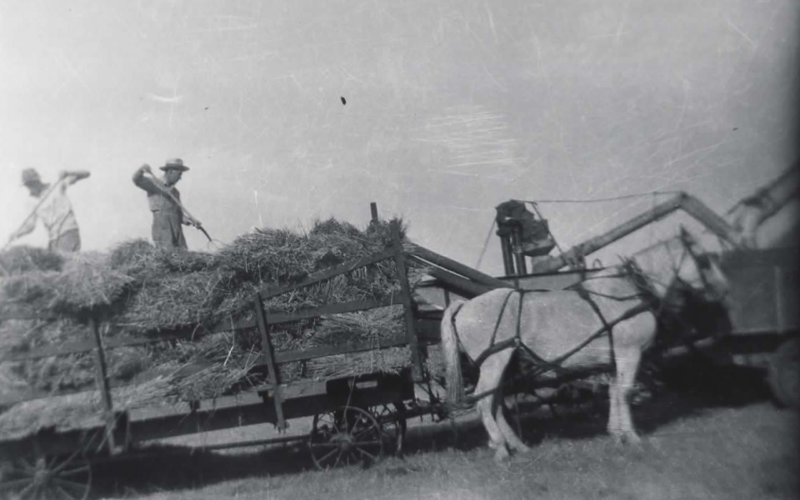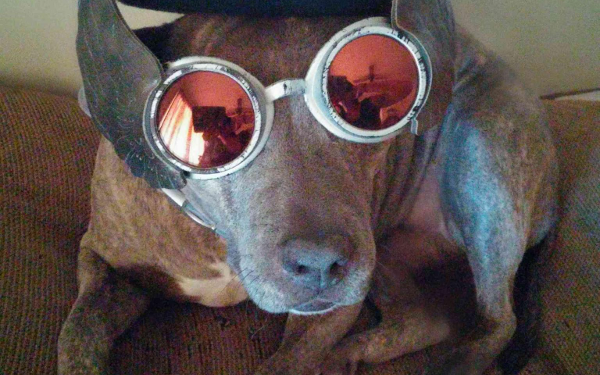
If you do a web search of “cover design” on-line you’ll find that many writers say “don’t do your own covers.” They mention the many pre-made designs available for purchase and recommend using one of those. That’s fine for some folks, but I’m a control freak who can’t let that go. My books are my babies, unique and exceptional. The cover needs to match it perfectly. Pre-made covers are attractive and professionally done, but they look too generic for my taste.
This is not about saving money. Any money you save has a corresponding cost in time and effort. If like me, you have good ideas but no artistic talent, I recommend out-sourcing the drawings. The cover art for my first two books was done by a family member, Kyle Dunbar. http://www.monolithictattoo.com/about.html I gave him rough sketches of the concepts and he brought them to life. For my second novel, Fidelio’s Automata, I wanted to show the two main characters framed by a simulated leather background to give the book an old-fashioned look. In Kyle’s conception, the characters were being chased by a giant mechanical spider. I liked it so much I rewrote a chapter to match the art.
Though many steampunk books feature modern-looking designs, I prefer to replicate the look of the Victorian era when the stories take place. Luckily I have a collection of antique books old enough to be in the public domain. For our Ione D book designs, I borrowed the layout of a German hymnal circa 1910 and a teen adventure story from 1902. (I’ve since redone the latter for the print edition after deciding the original was too “busy.”) To manipulate the scanned cover images I use the Gimp, an open-source alternative to Photoshop. For these books, instead of hand-drawn art, I used photographs. Arlys, my wife and co-author, has a knack for designing steampunk costumes and getting friends and family members to model them. I use the resulting photographs as new artwork for the modified vintage designs.
E-books need covers, too, but only the front and the dimensions aren’t critical. You just need to have an easily recognizable image plus the title and author name. Amazon enforces minimum and maximum file resolutions, but not much else. A physical book requires much more careful setup. I’ve only used Lightning Source for printing but I assume their procedure is standard. You specify the book’s dimensions, the page count and weight, and the ISBN (for the bar code.) Lightning Source sends back a template showing the boundaries of the front cover, back cover, and spine, as well as the “bleed” area. This last term refers to extending the image at least an eighth of an inch past the edge of the cover. This allows you to make final adjustments to the cover. None of this is trivial. I’ve put in at least 40 hours of work on each book cover, considering the e-book and paperback together.
Though the conventional wisdom discourages authors from creating their own covers, doing so can be an interesting challenge if you’re willing to put in the effort to do a quality design. It also allows you to have more control of the creative process, and to give work to the artists among your friends and family.
This article was first published on the Phoenix Publishing and Book Promotion Blog.



































